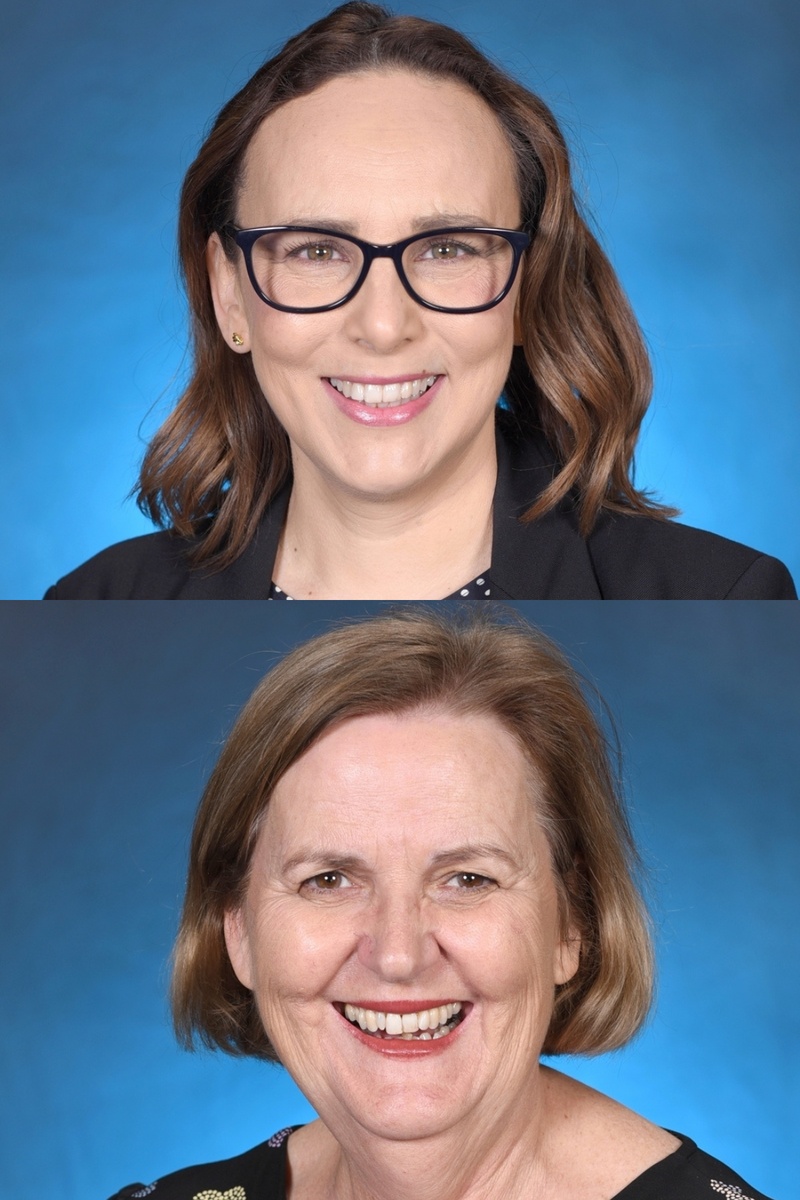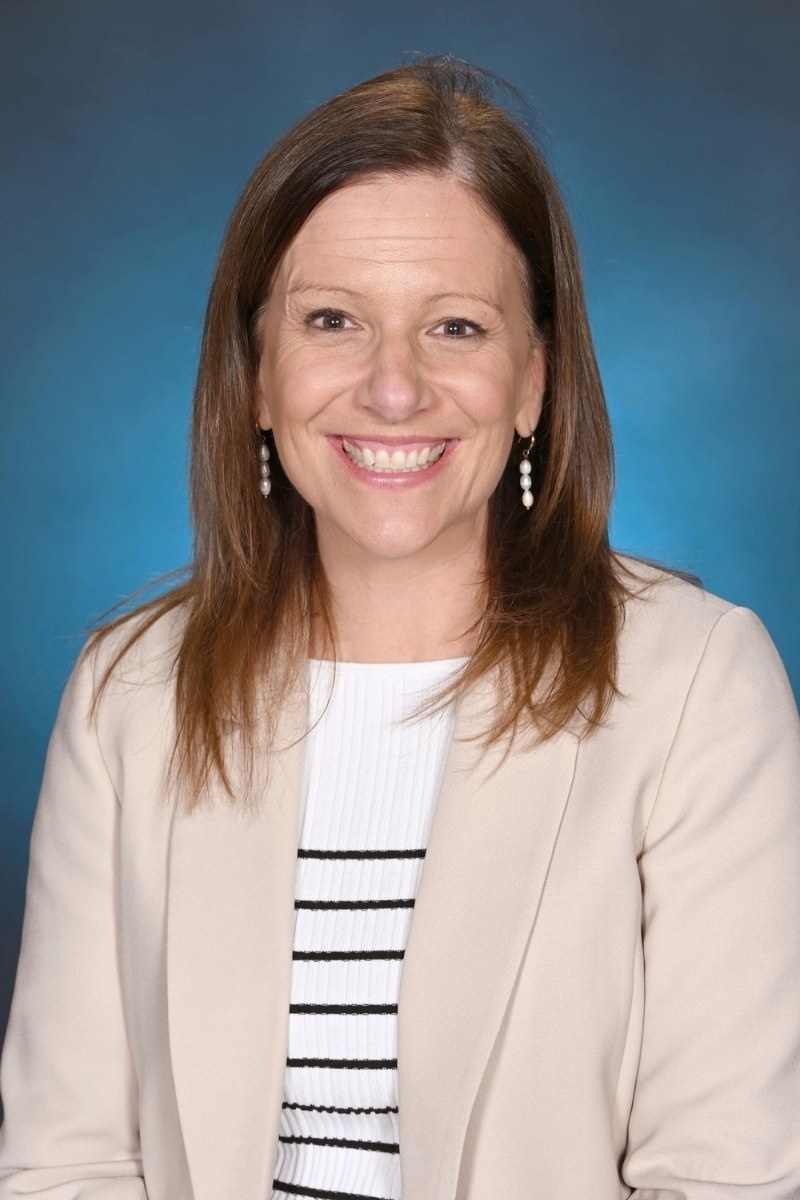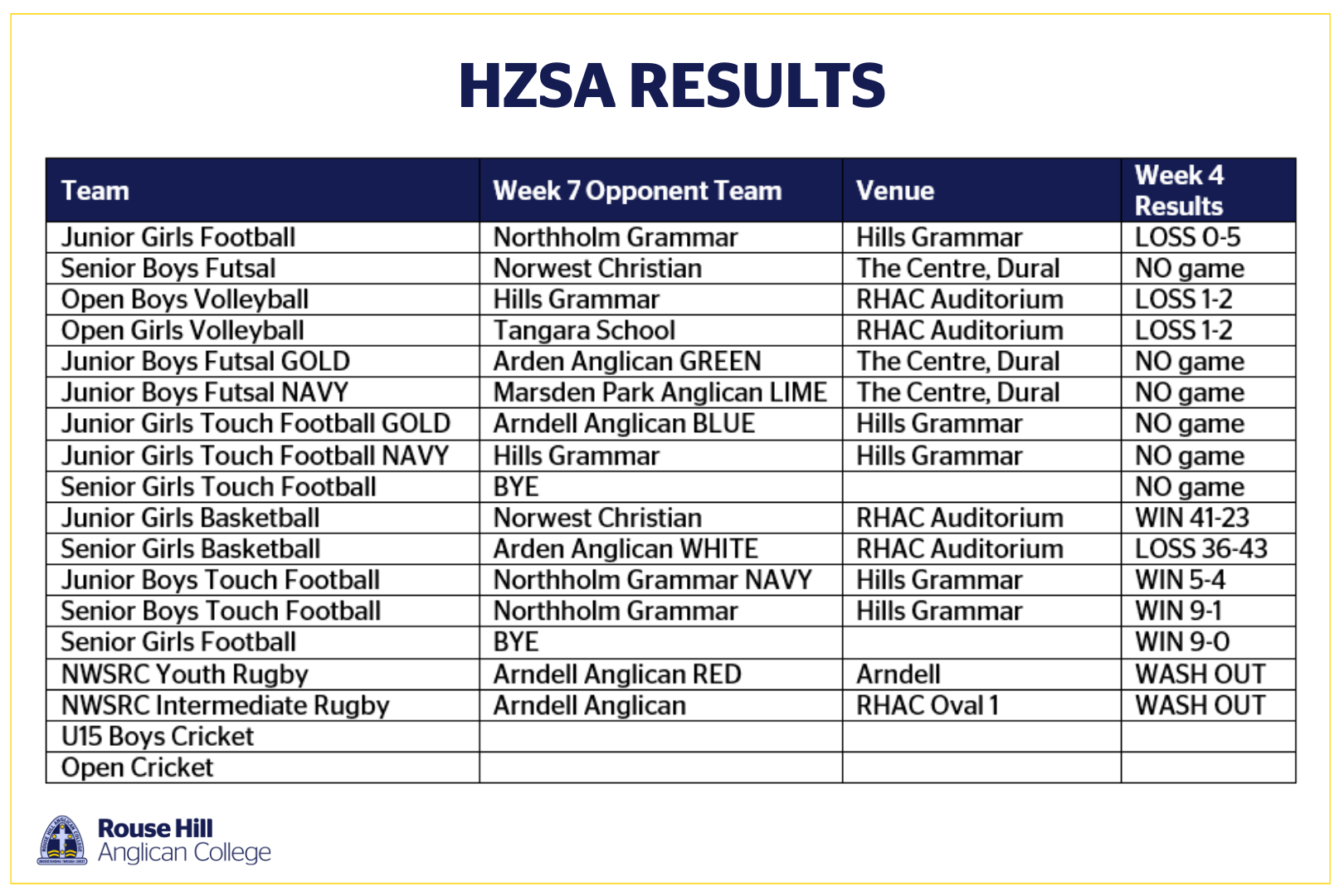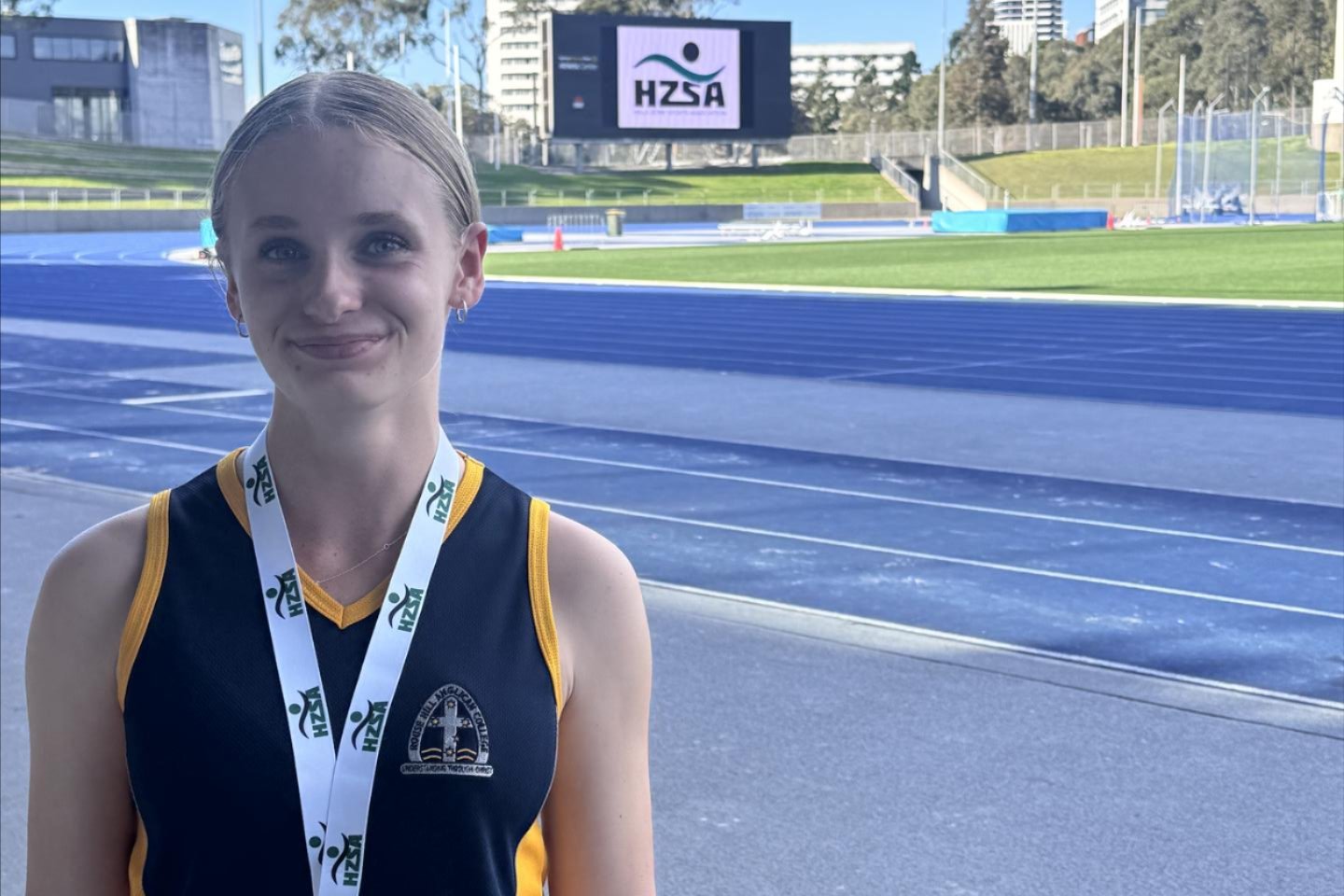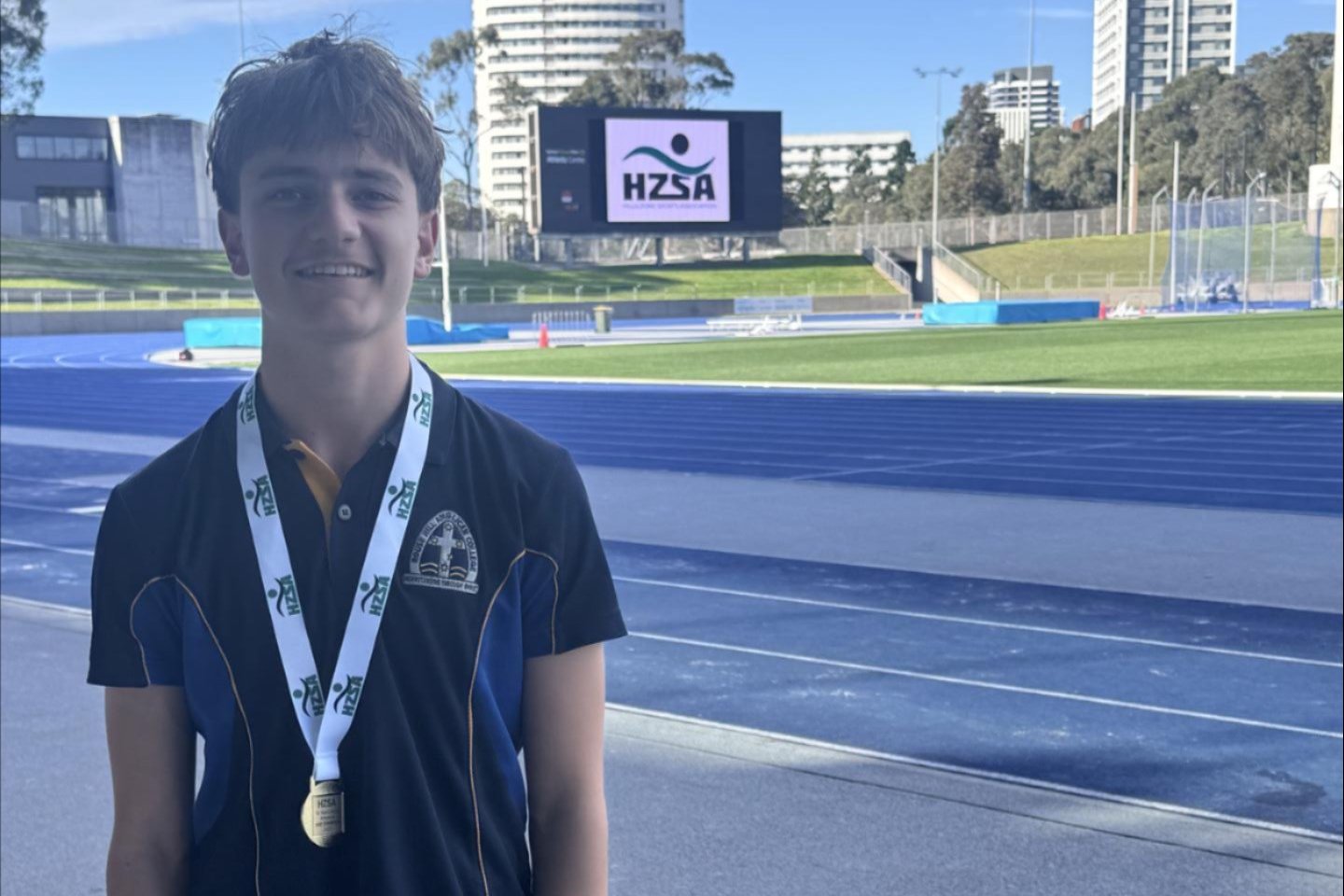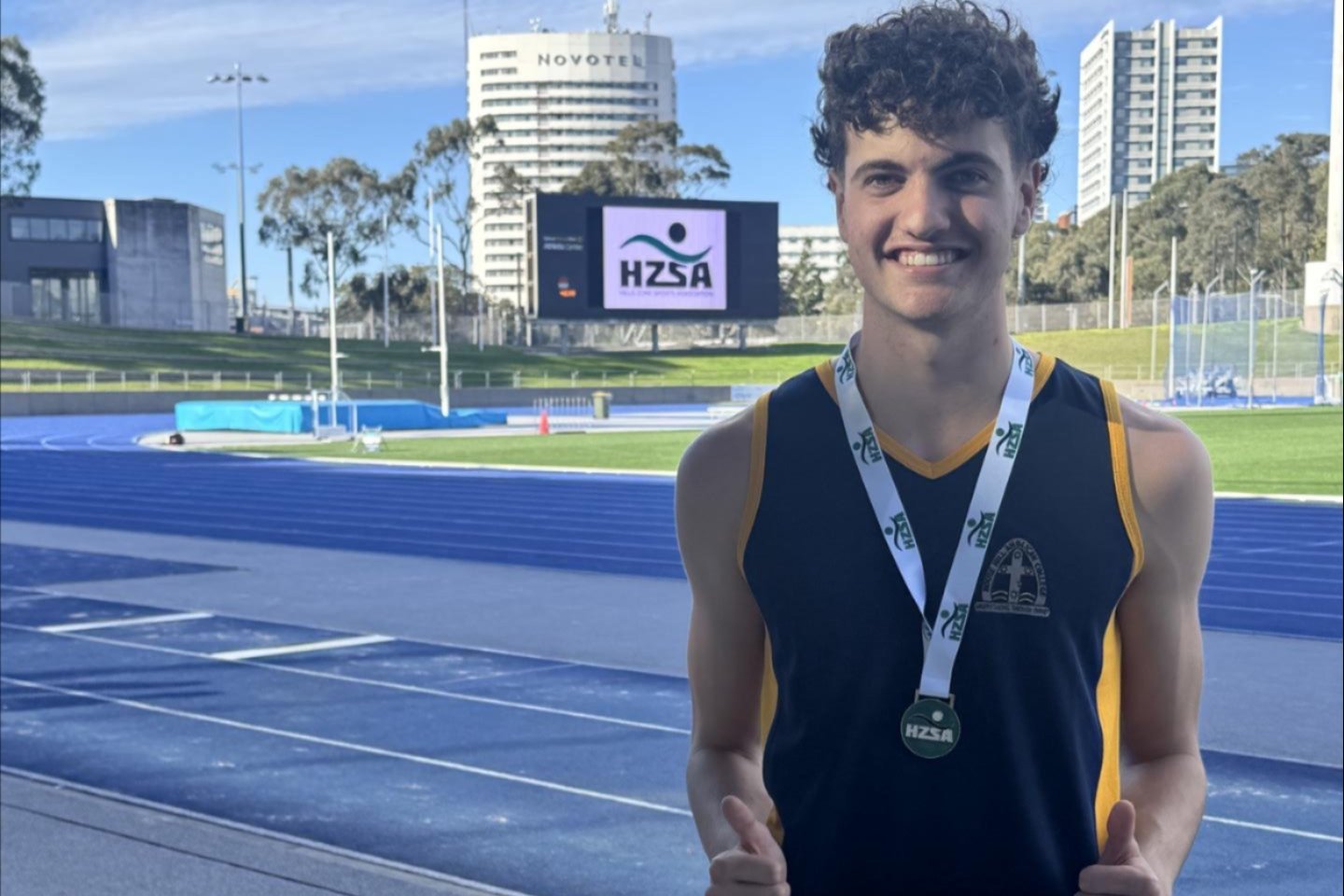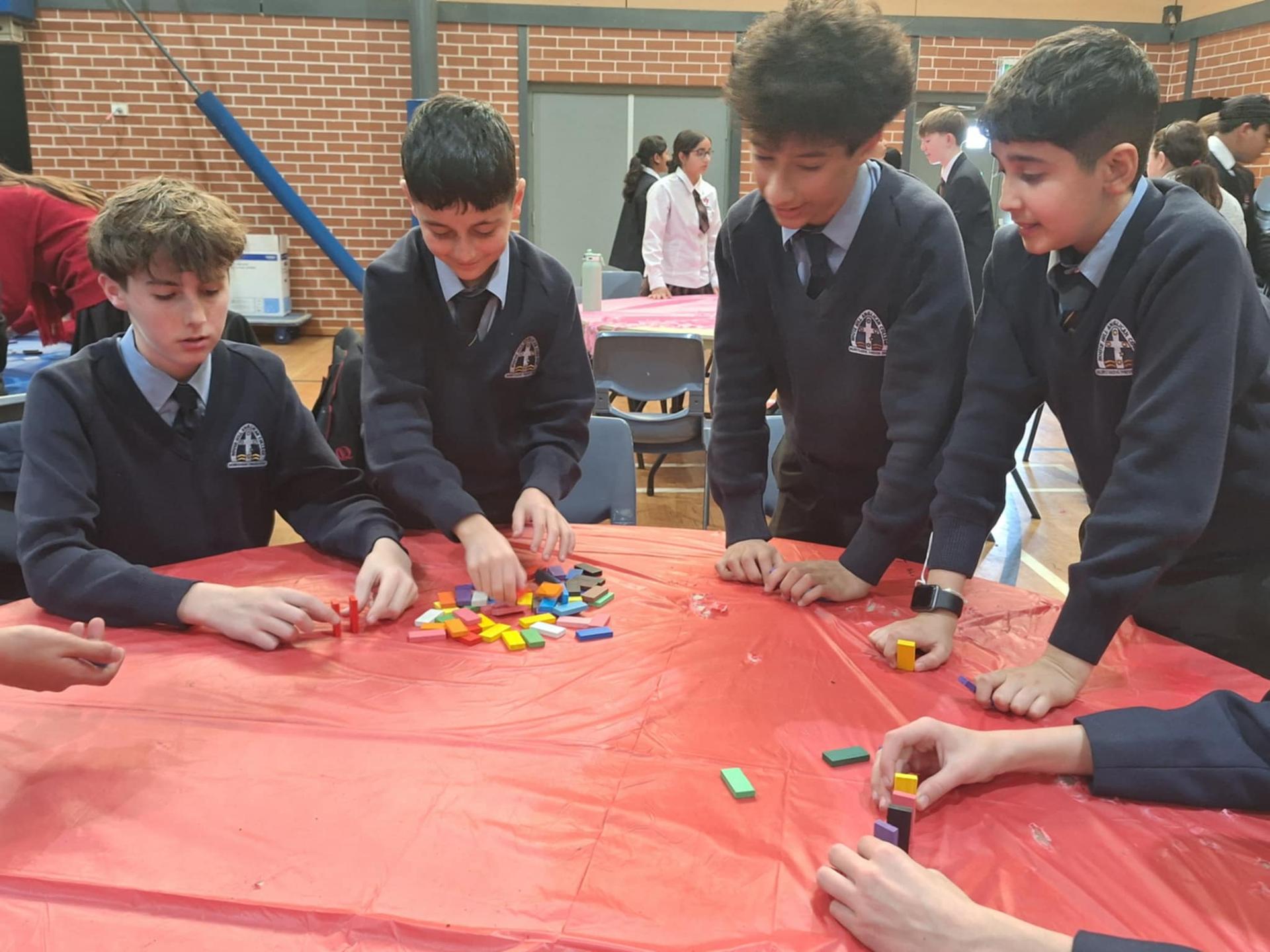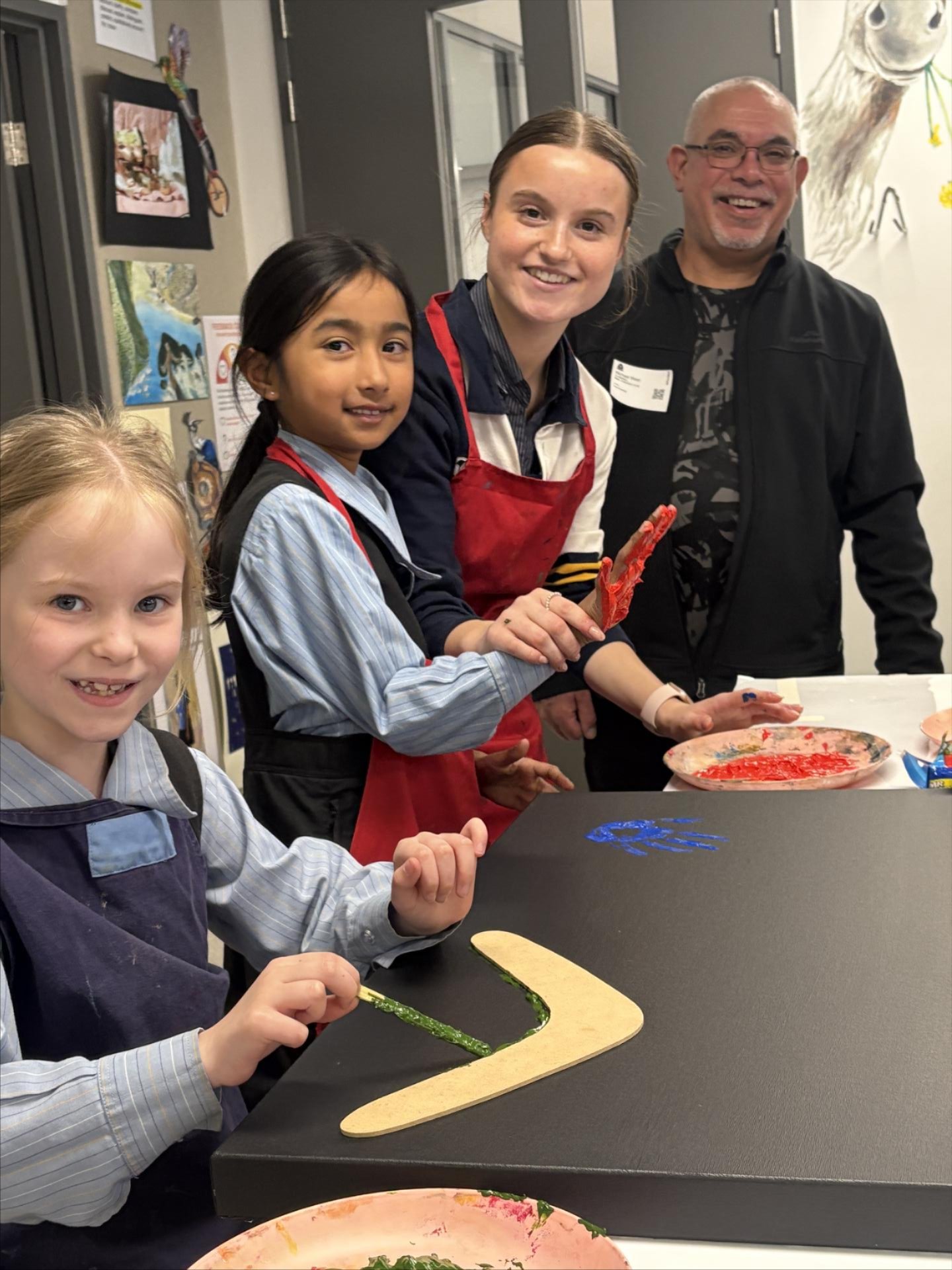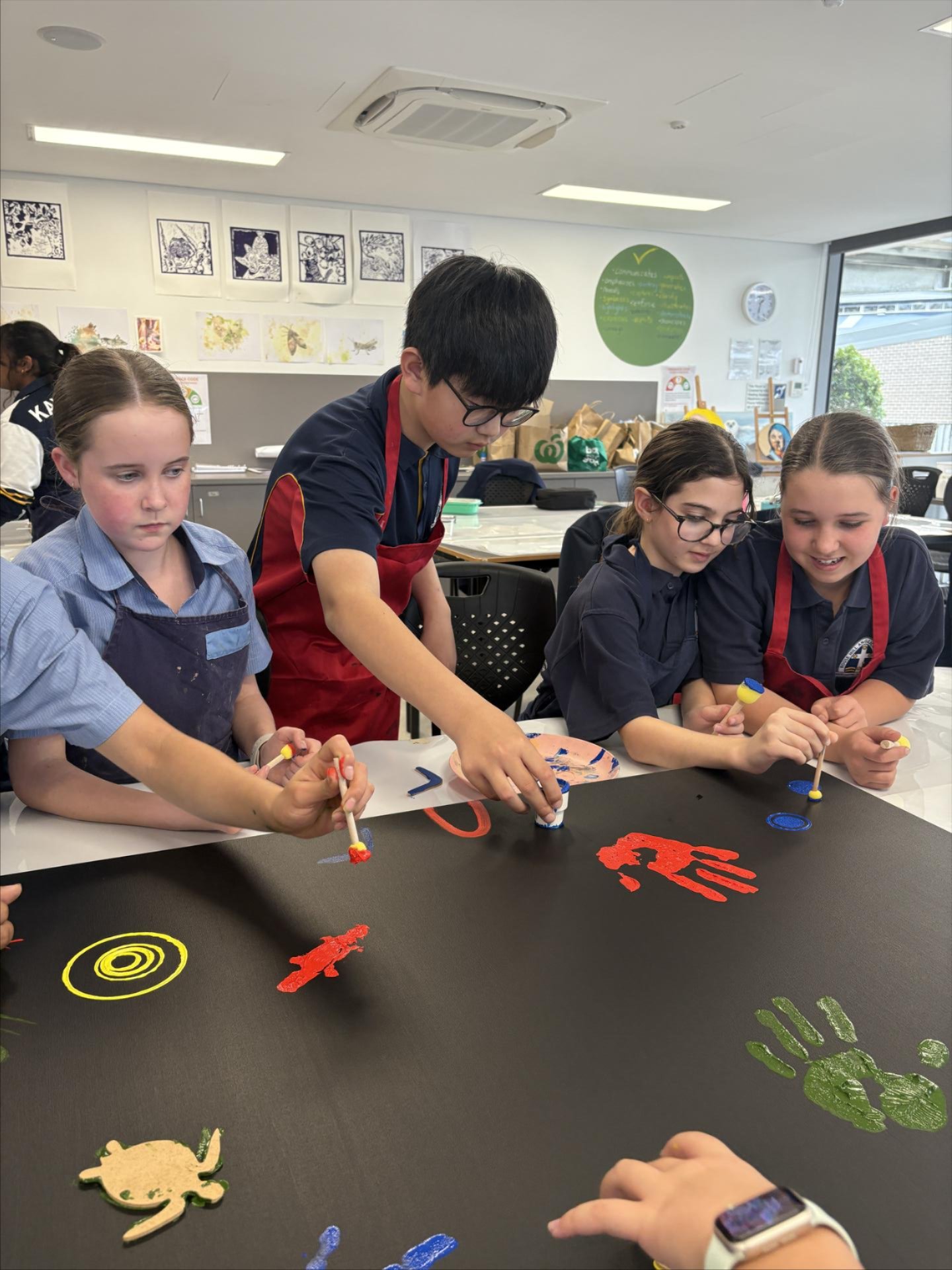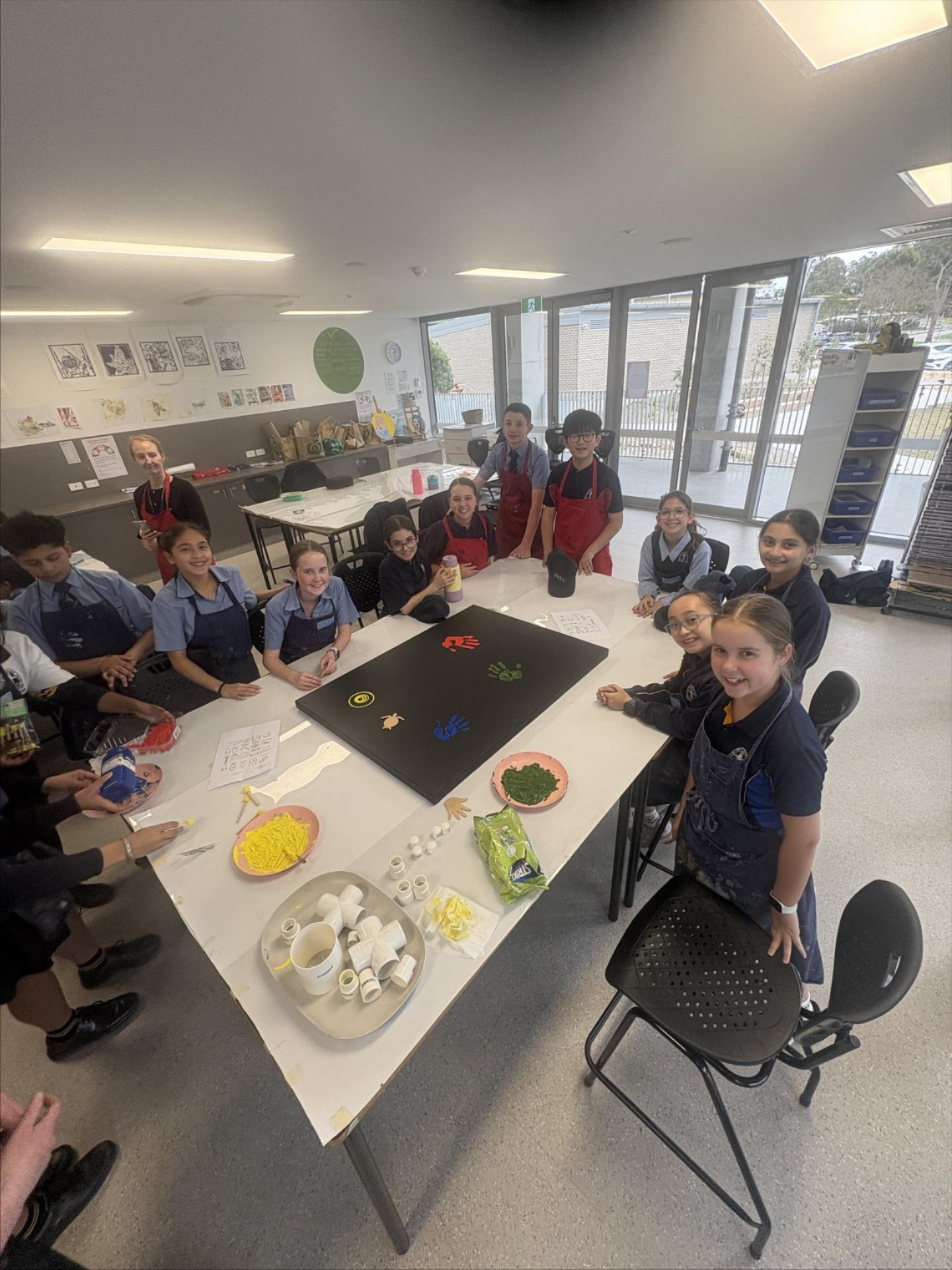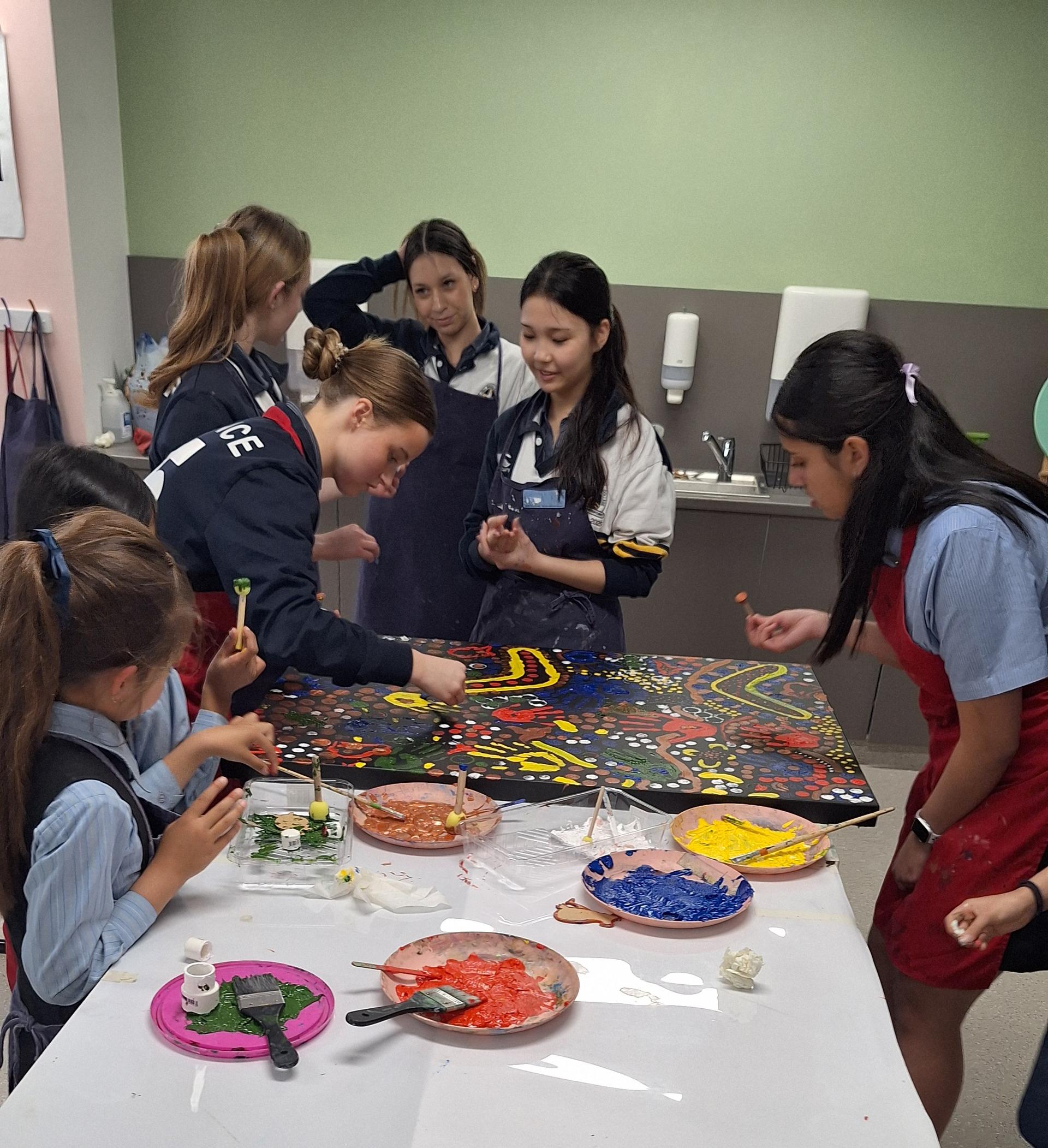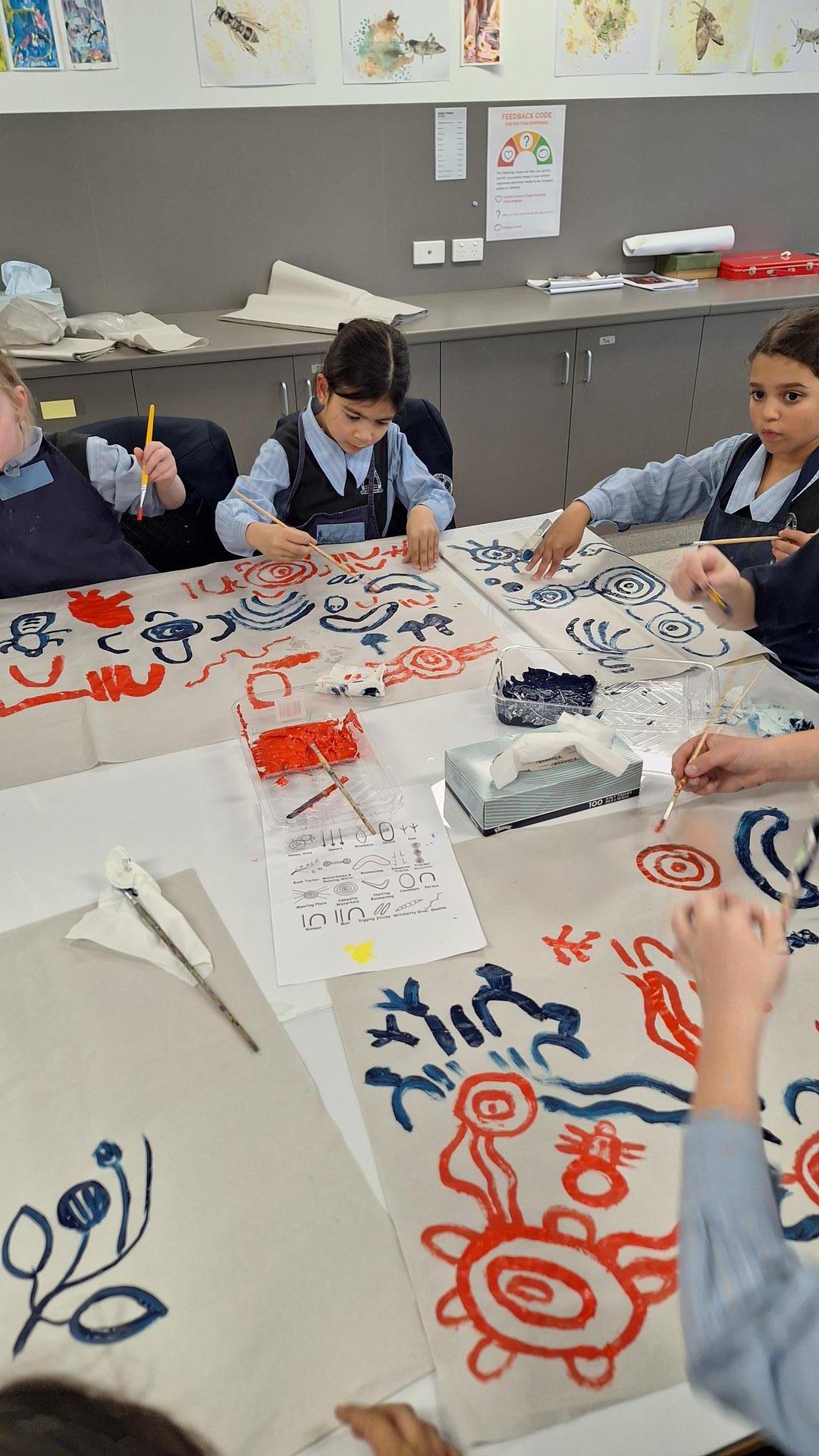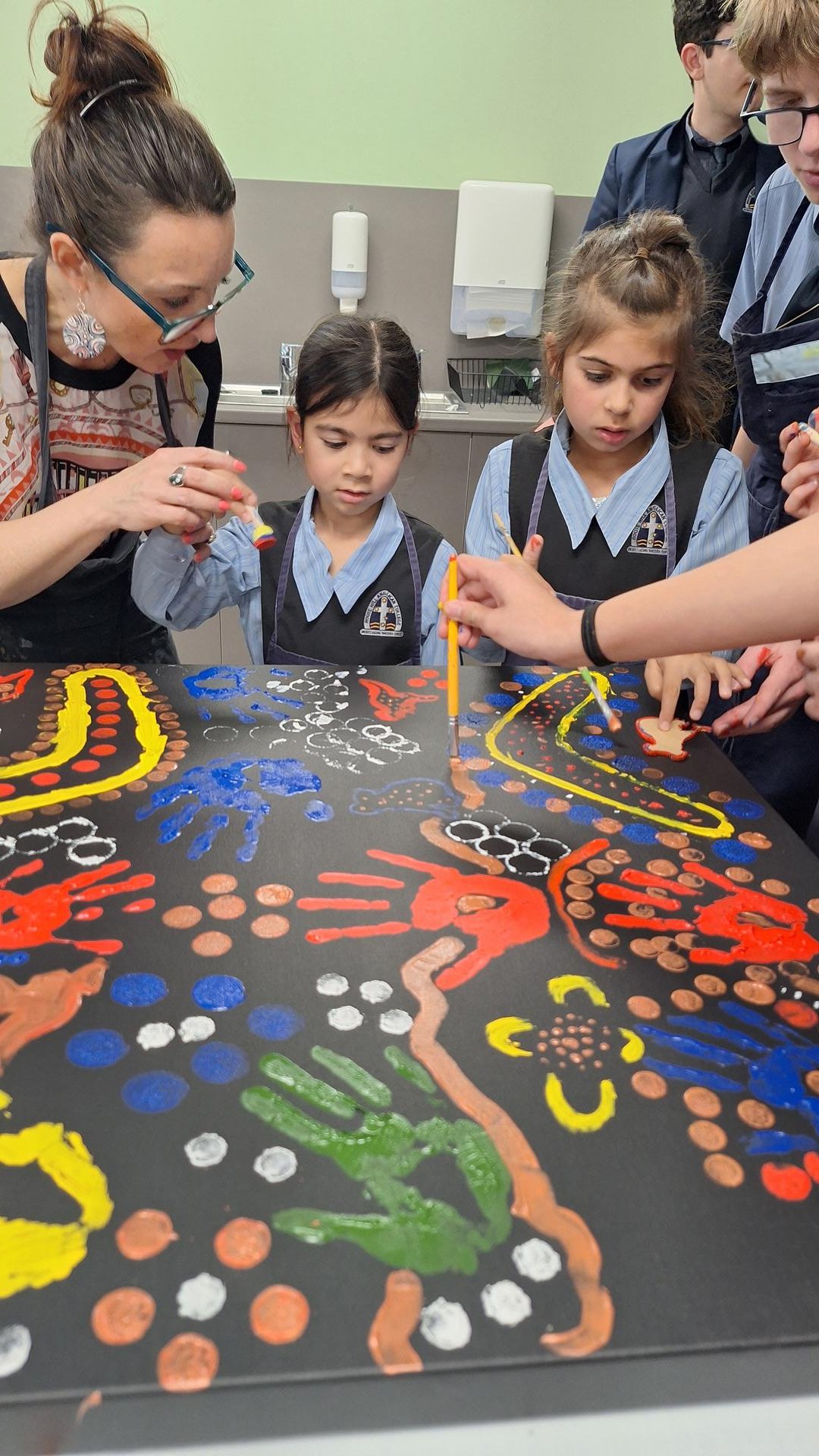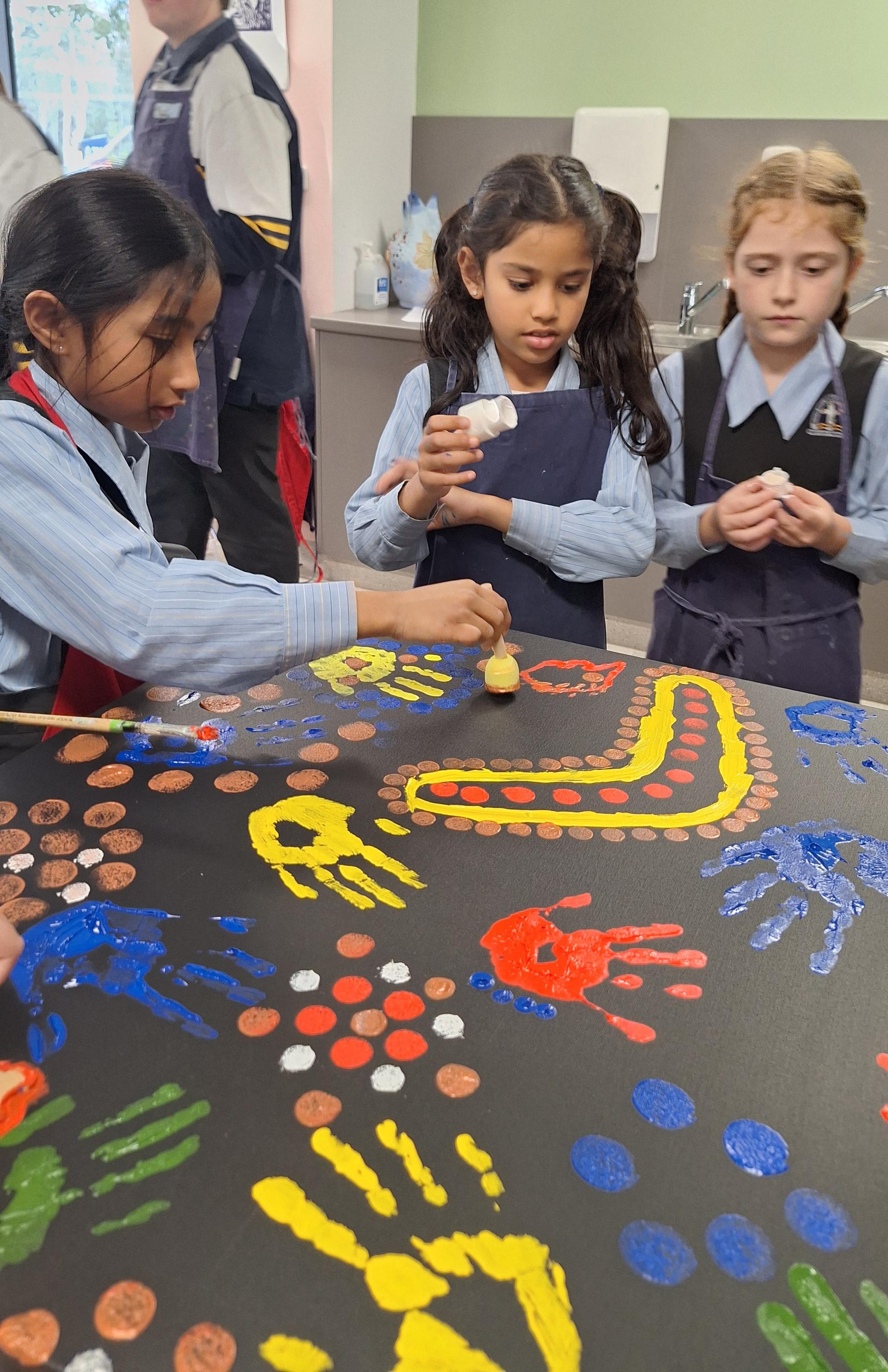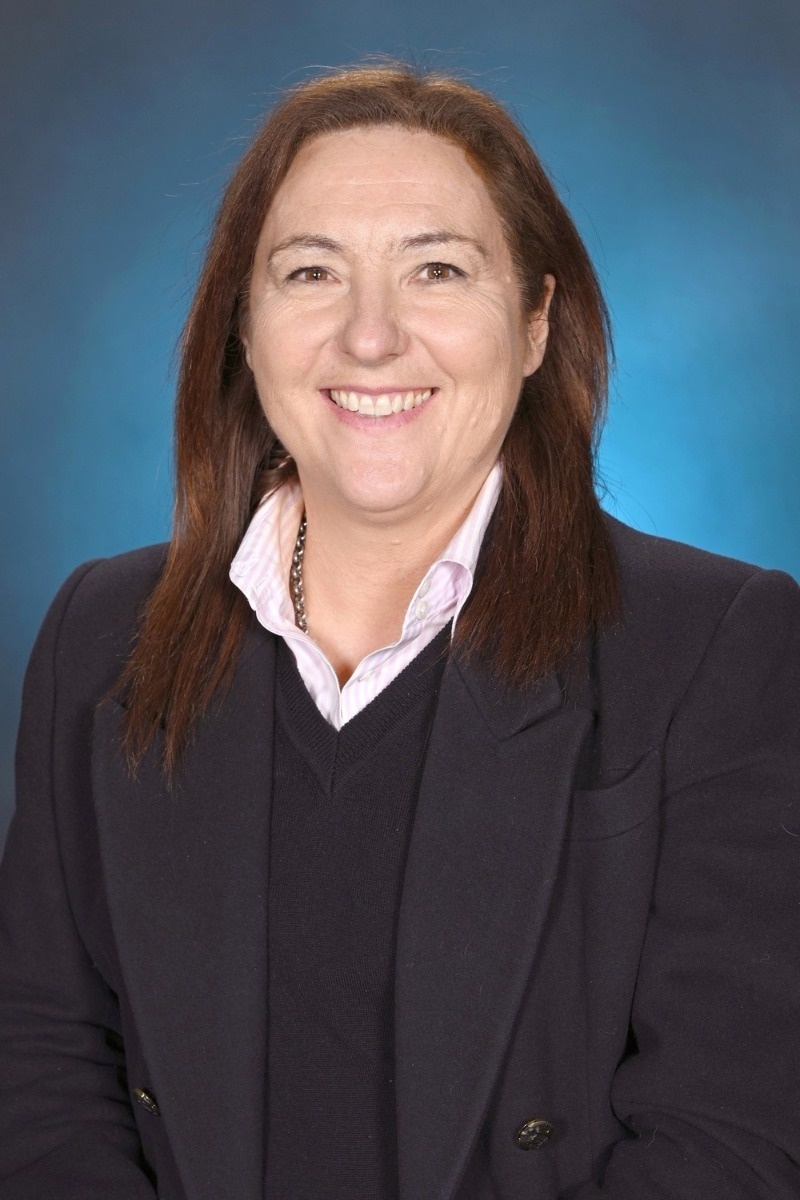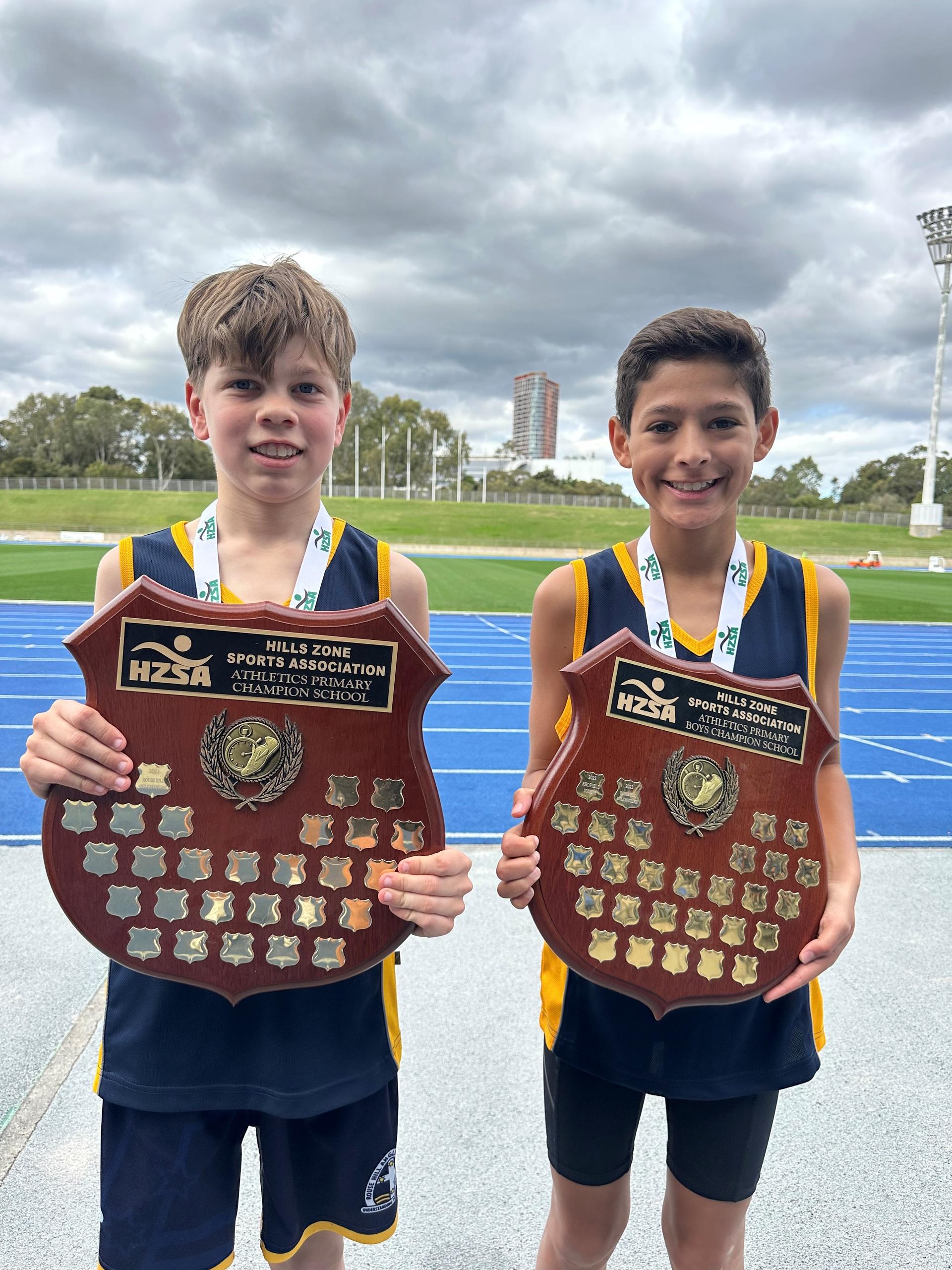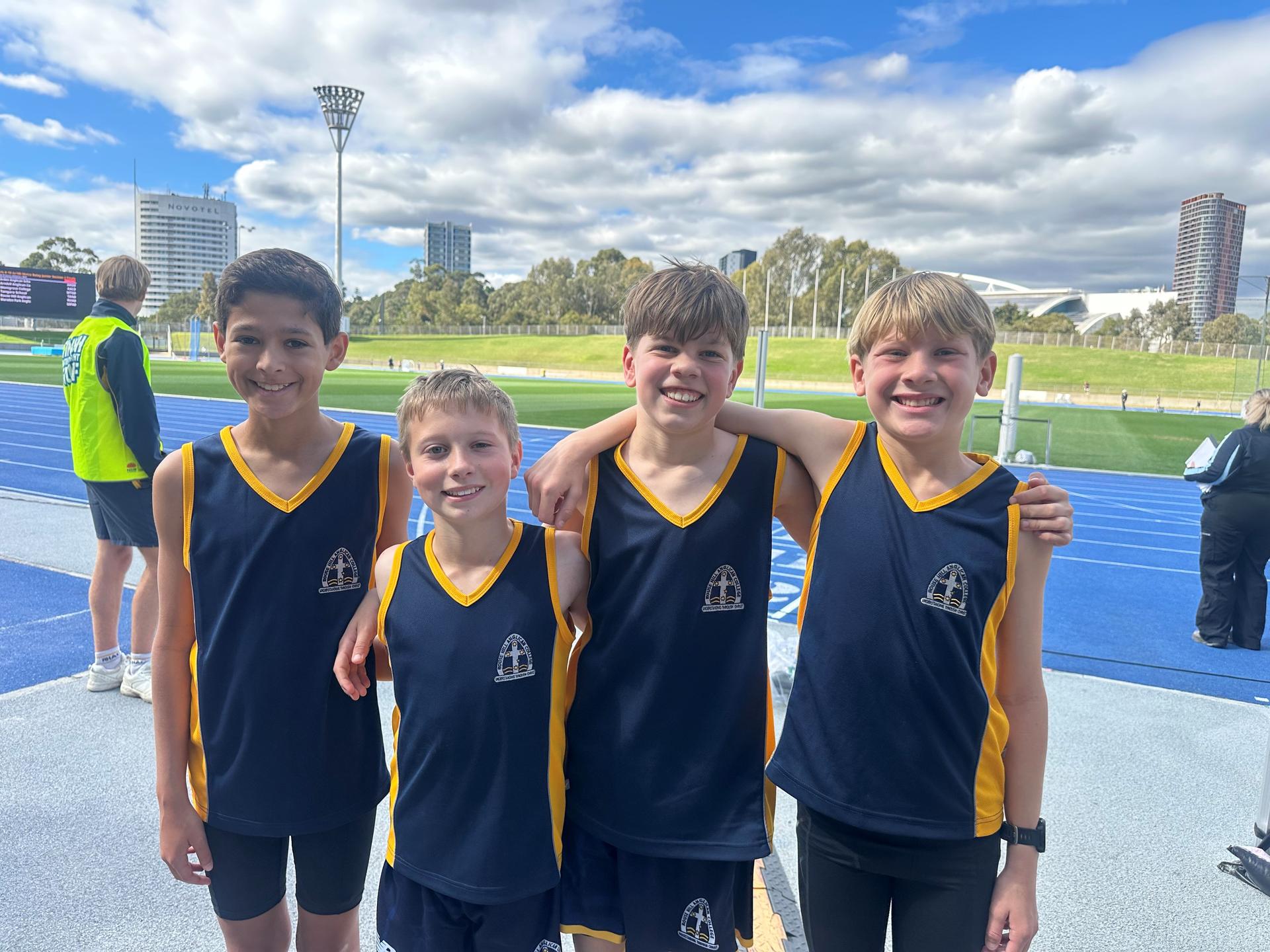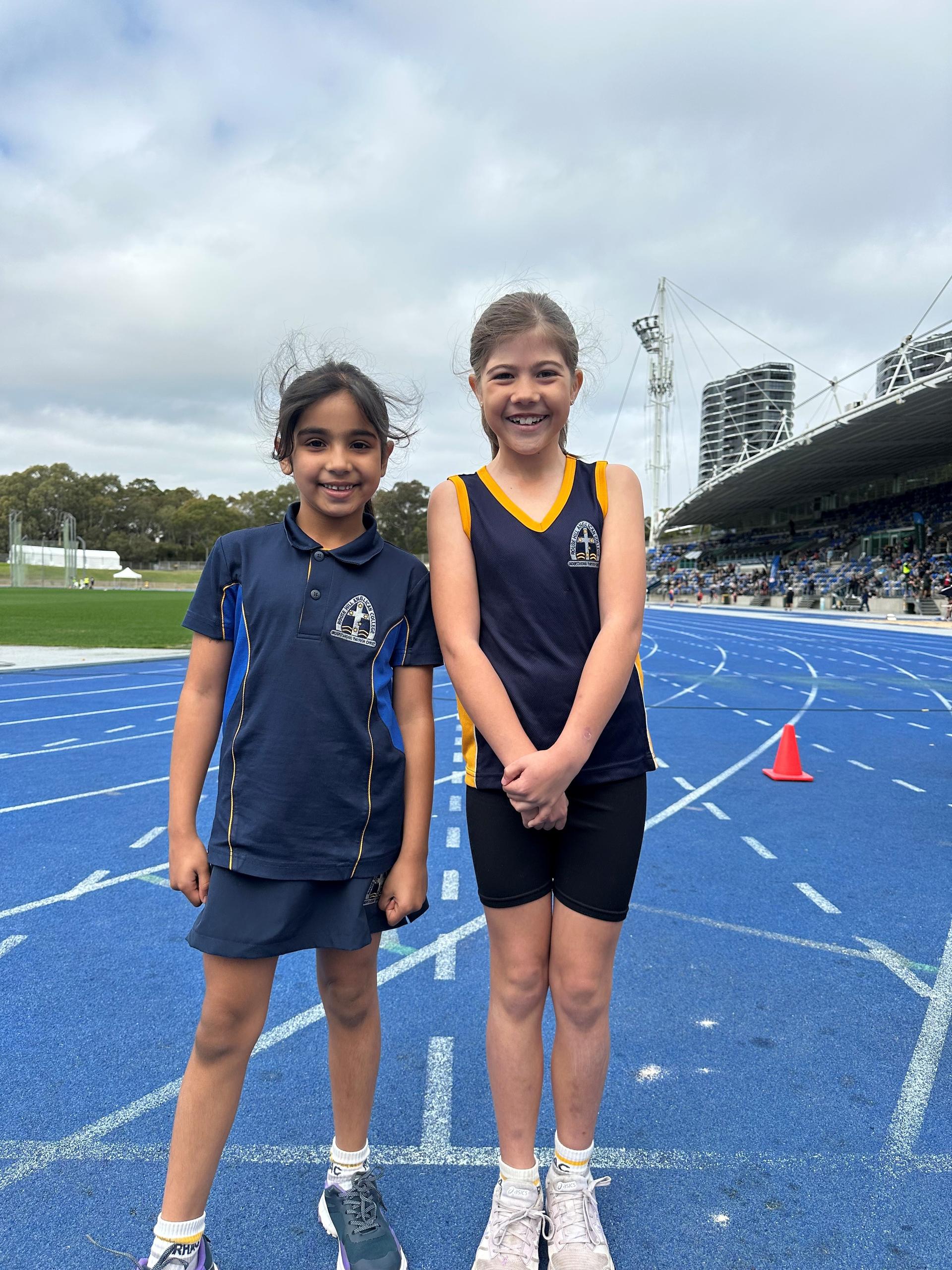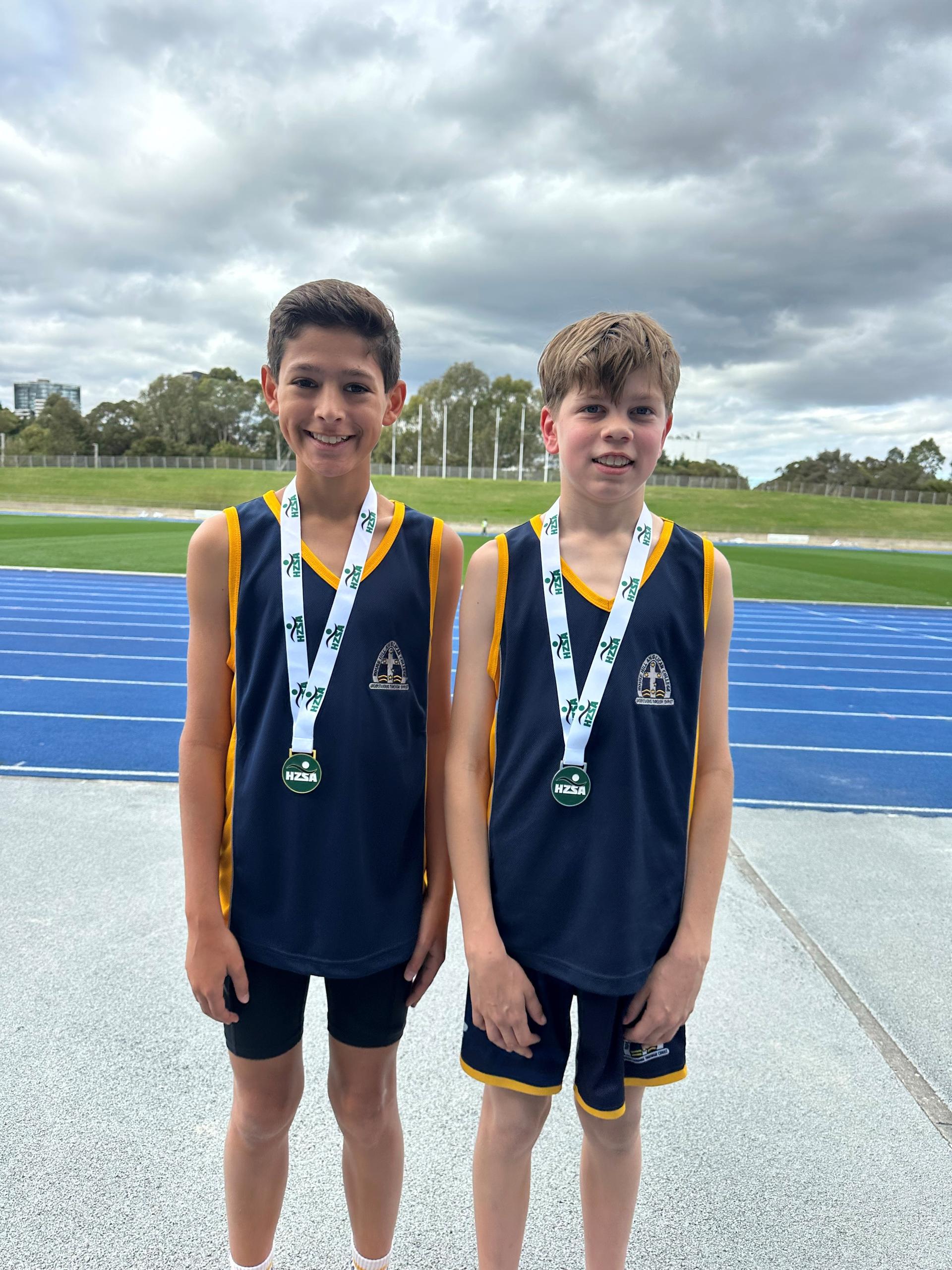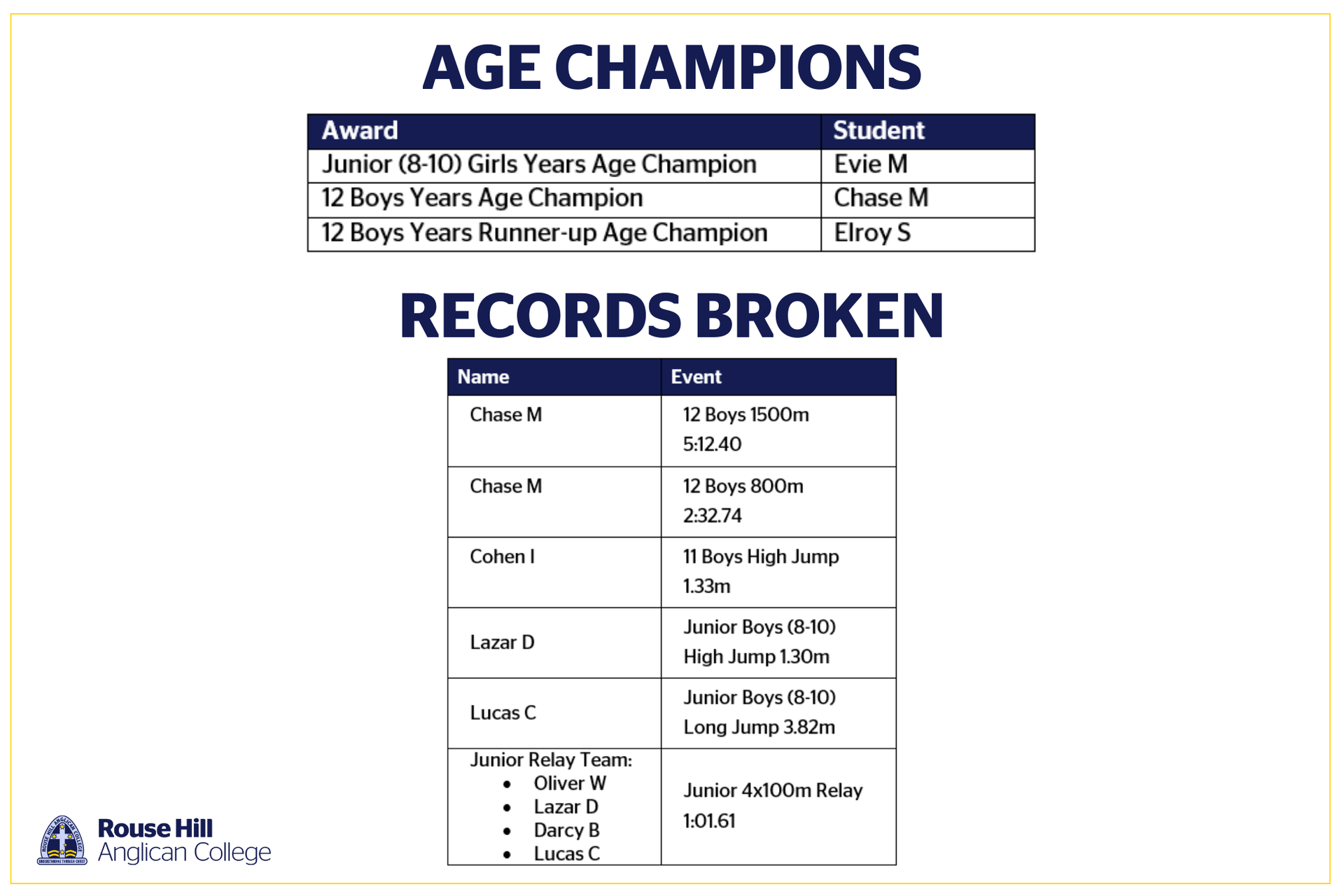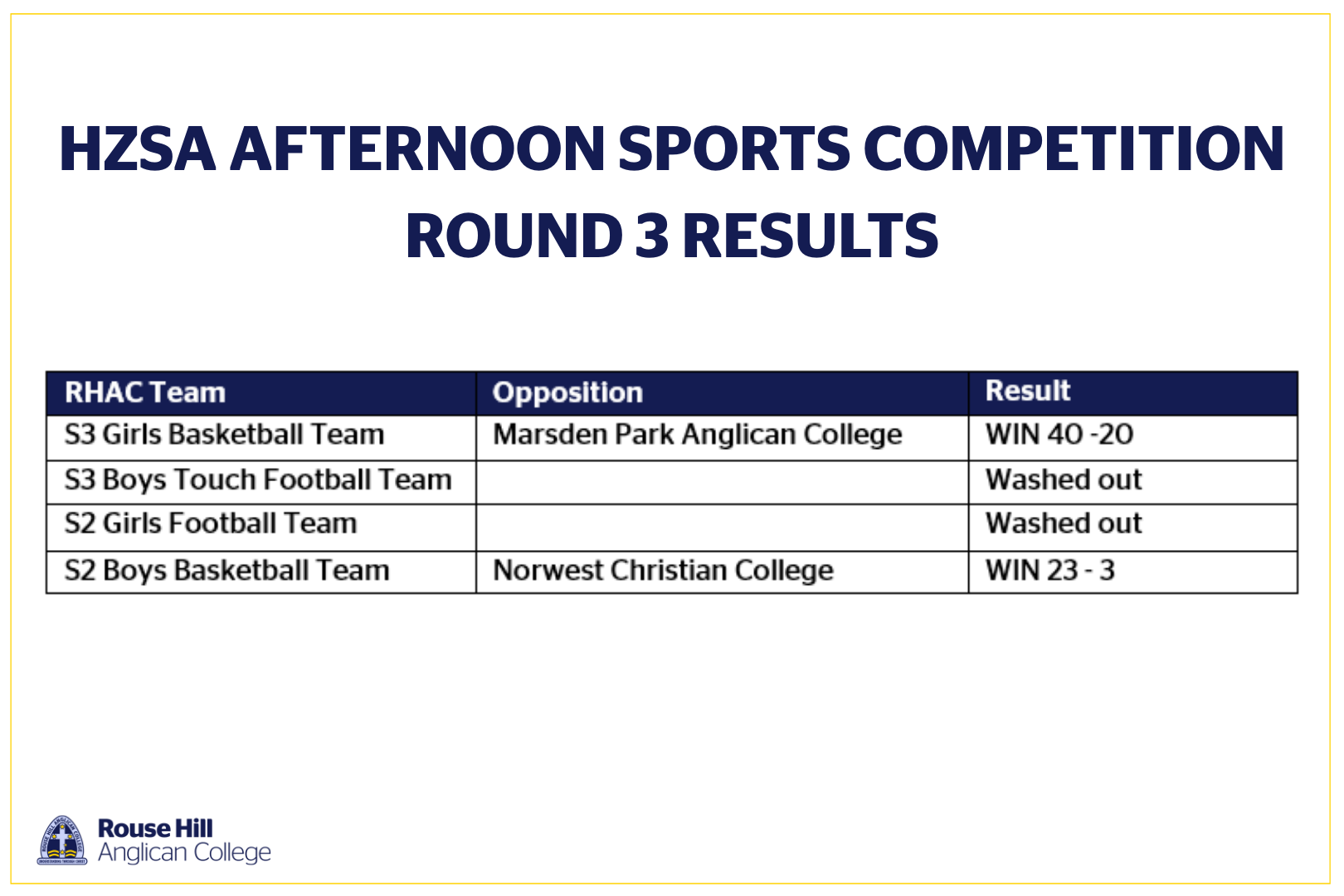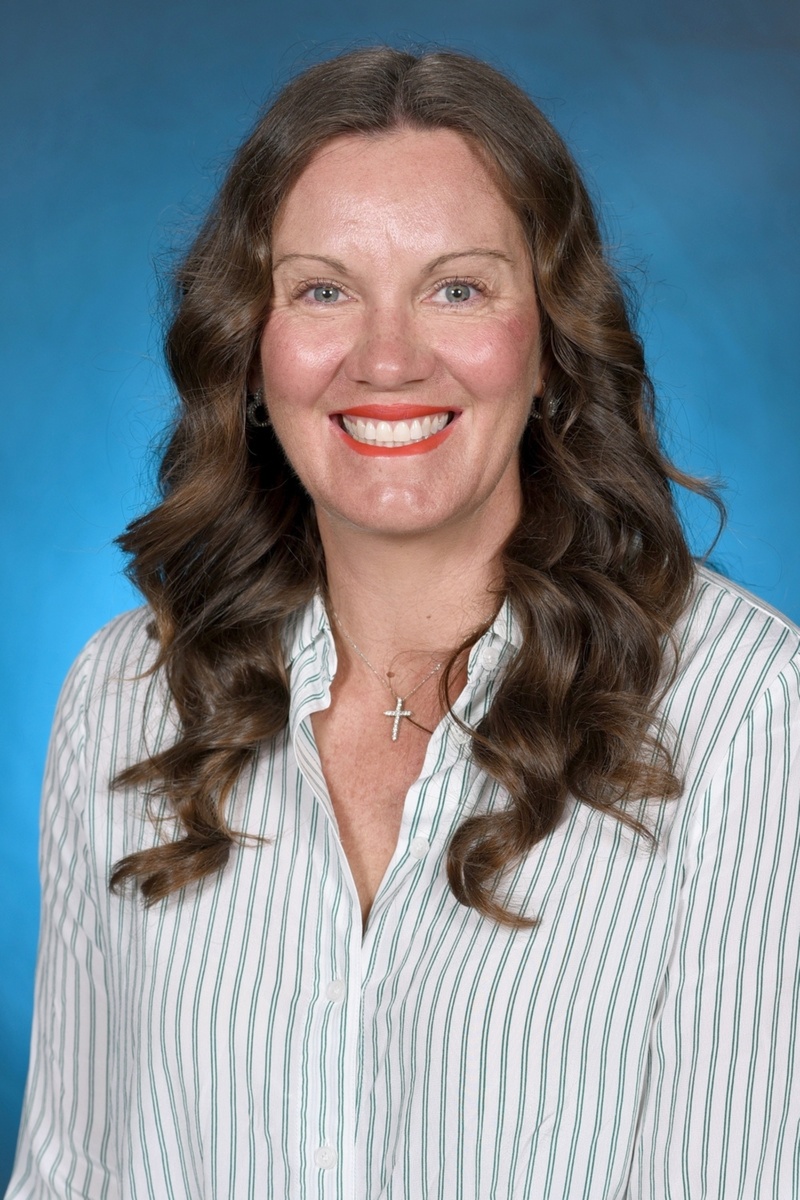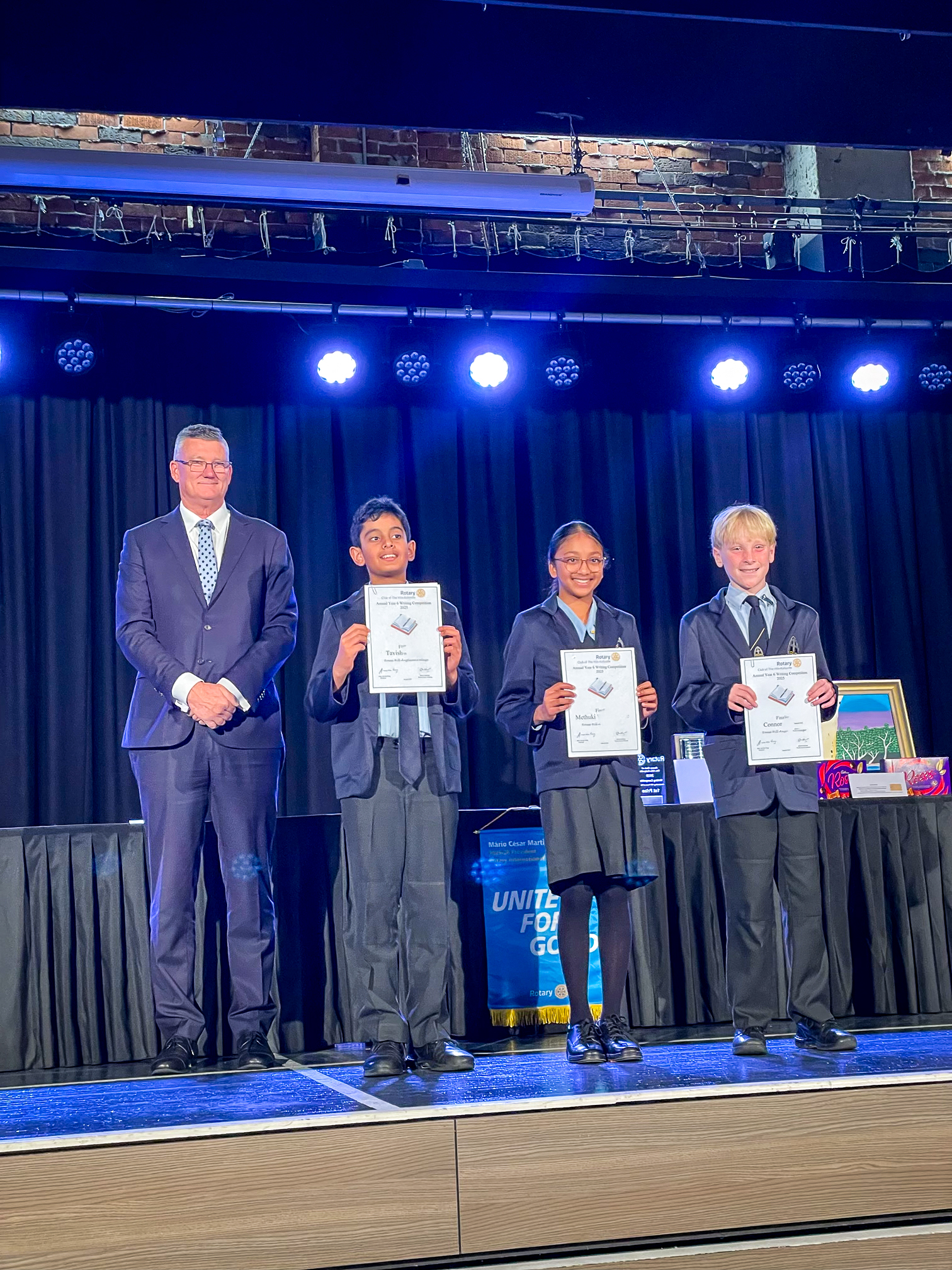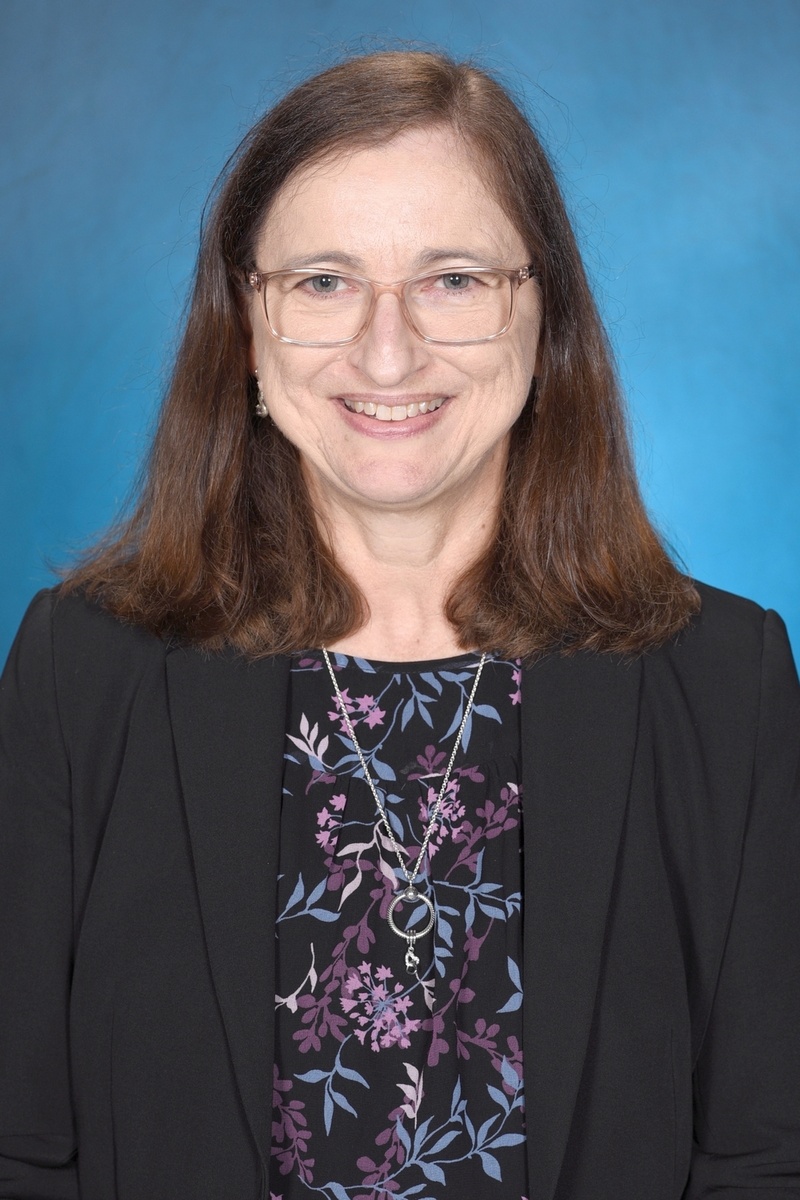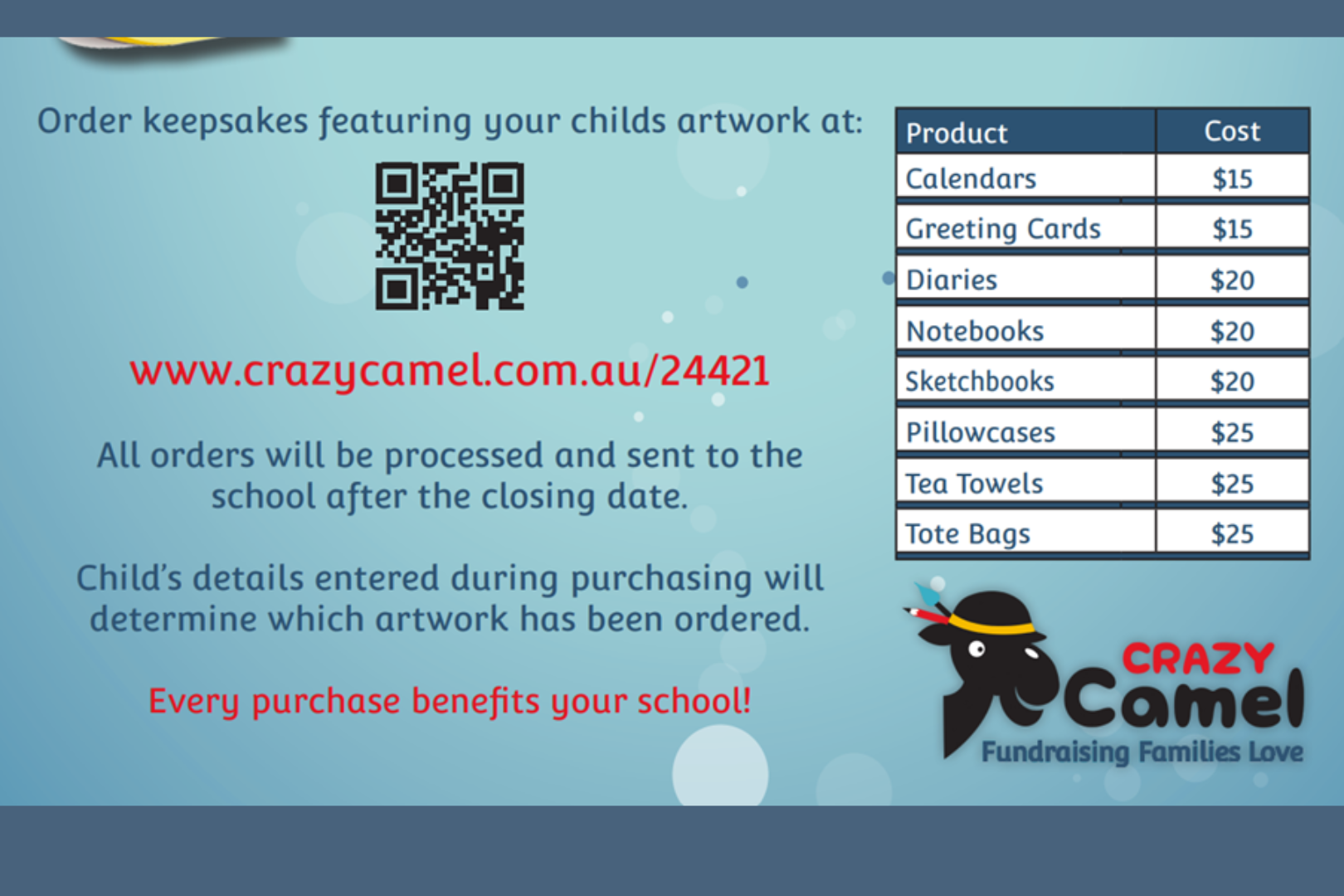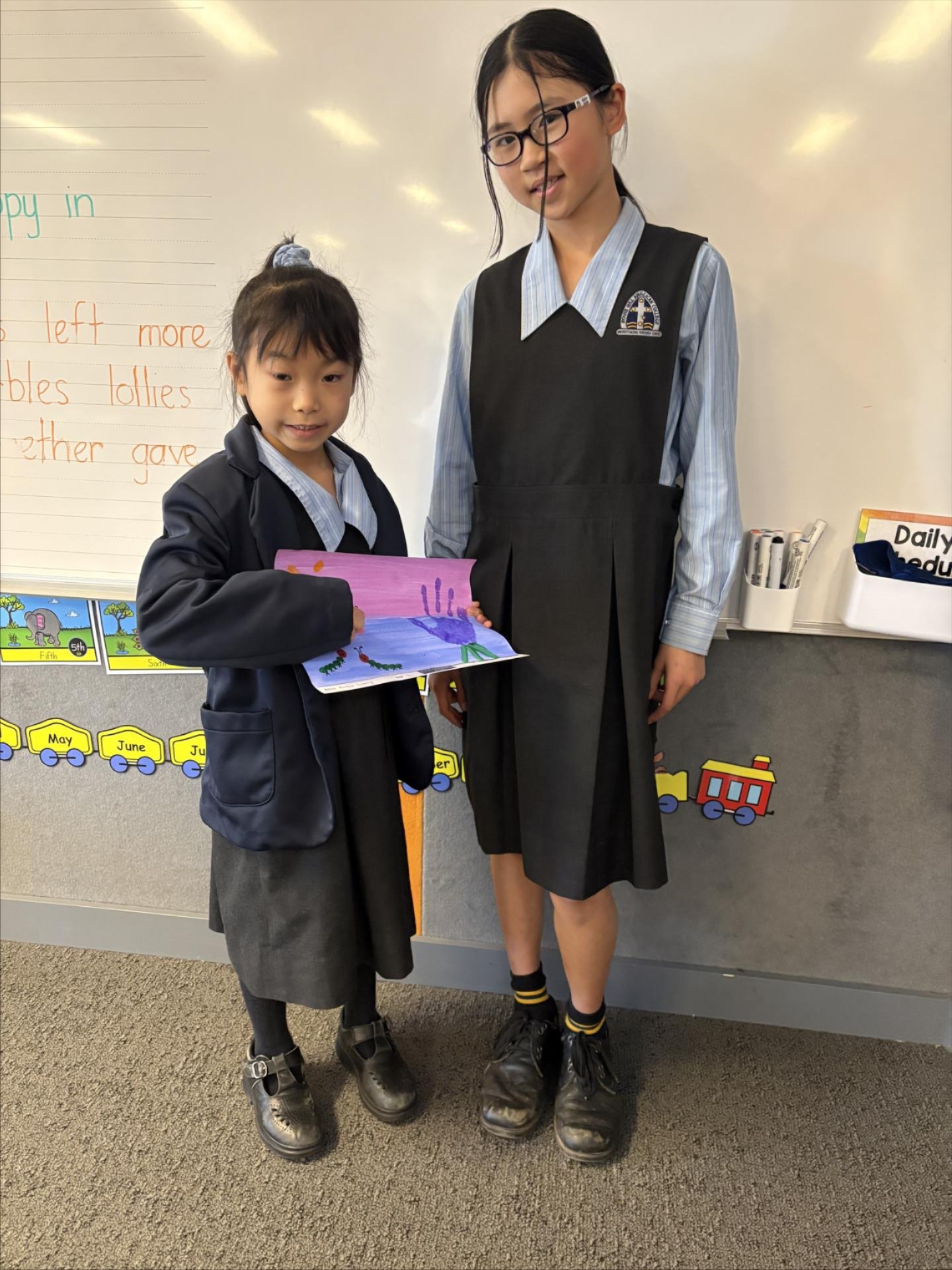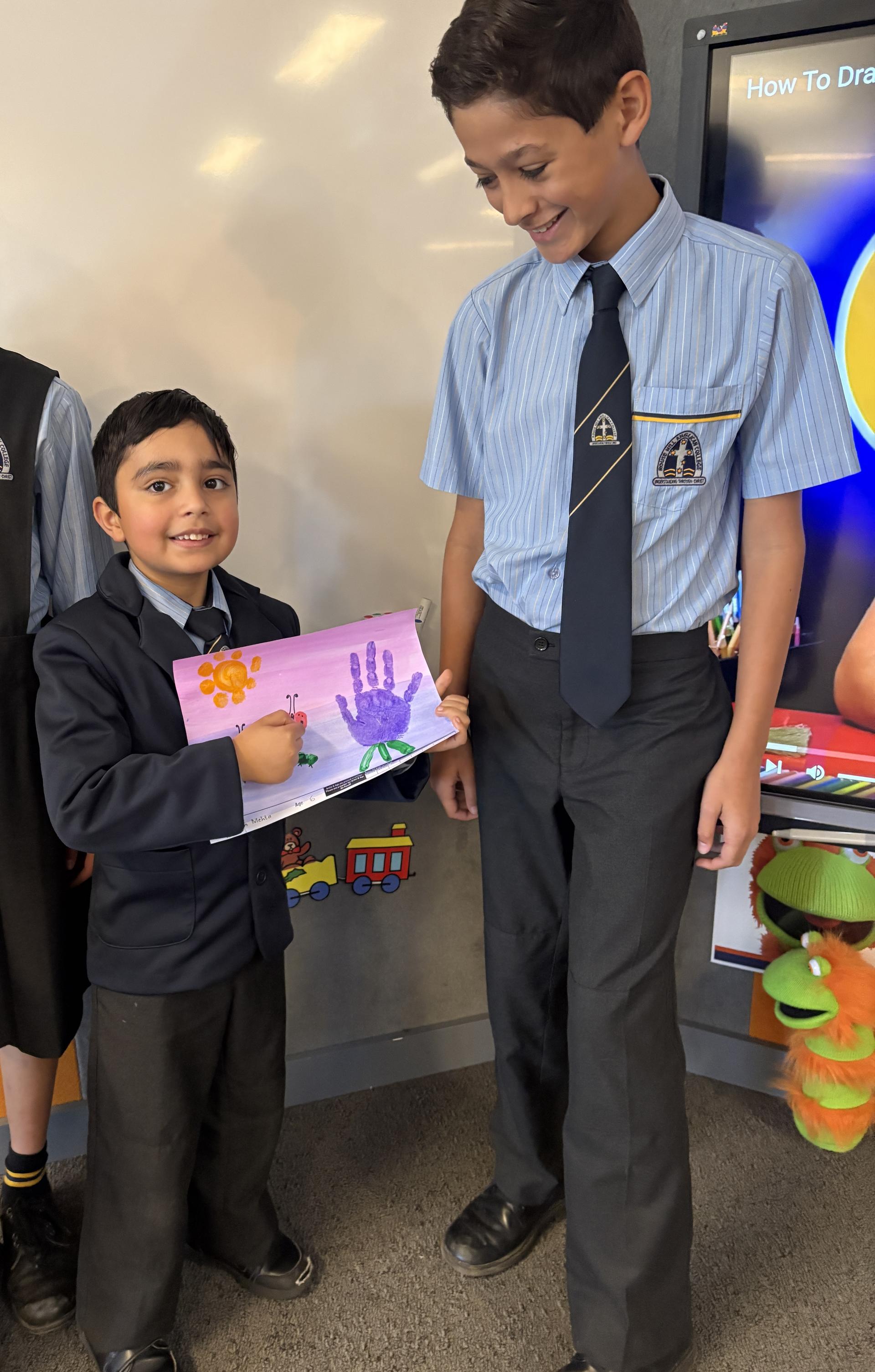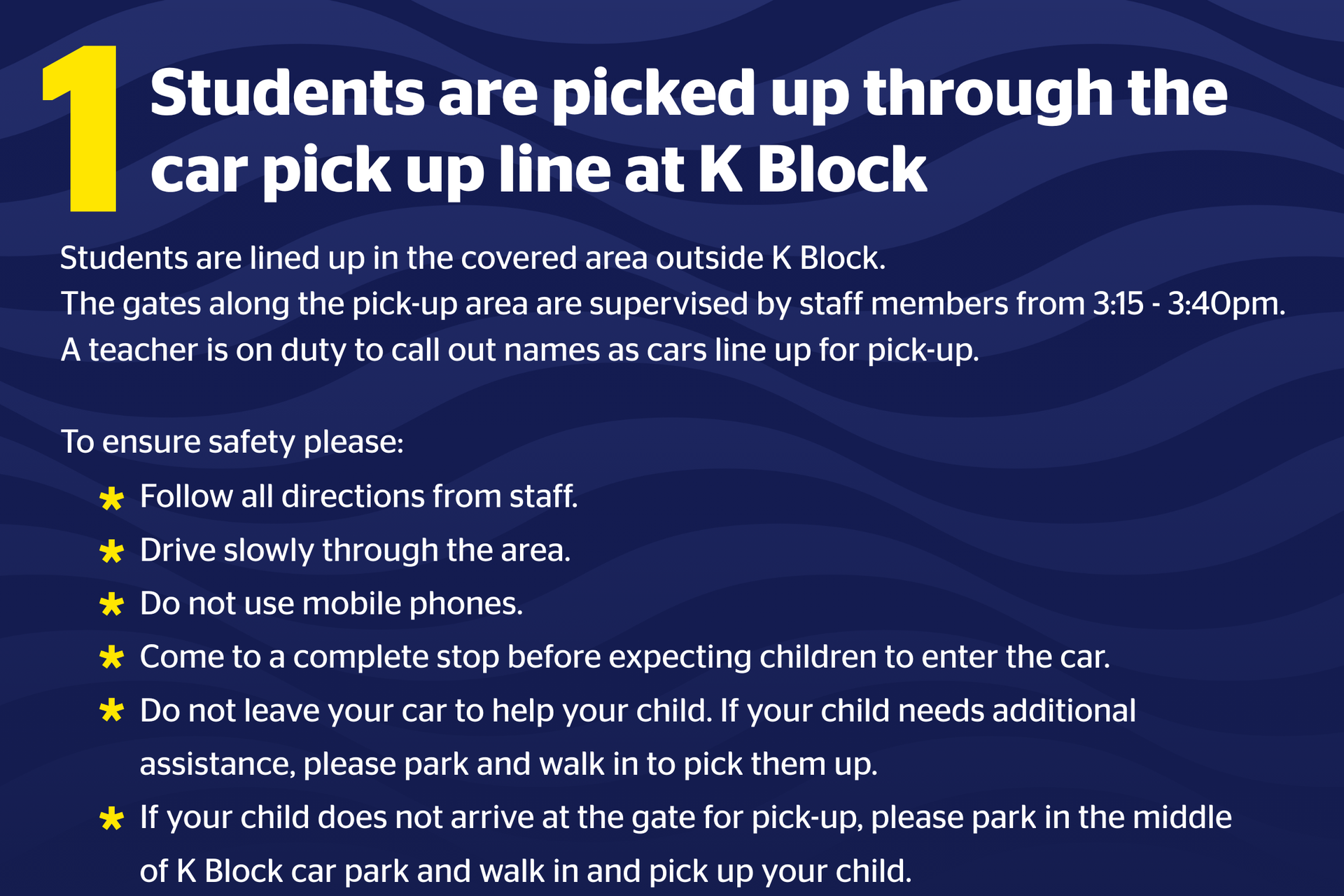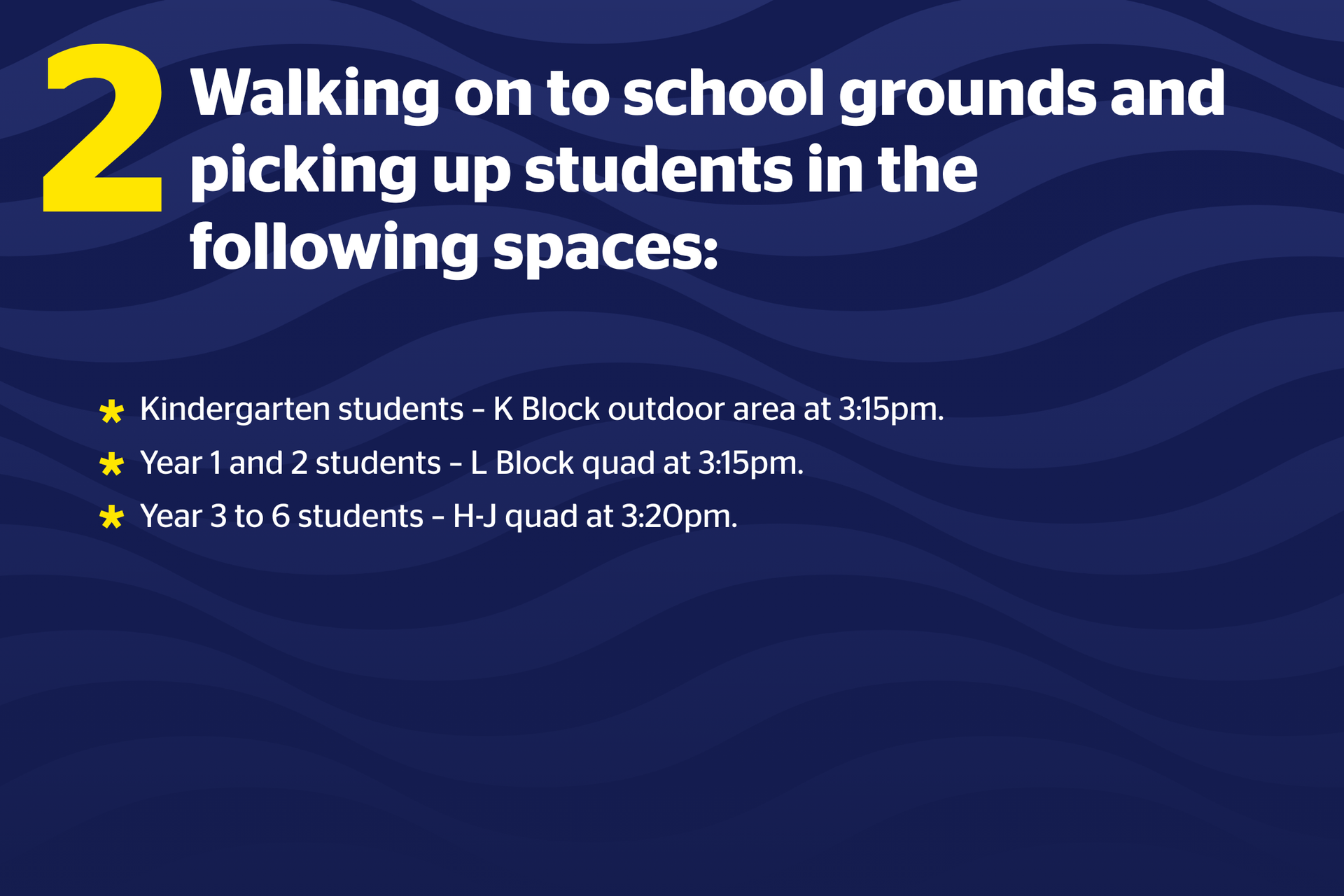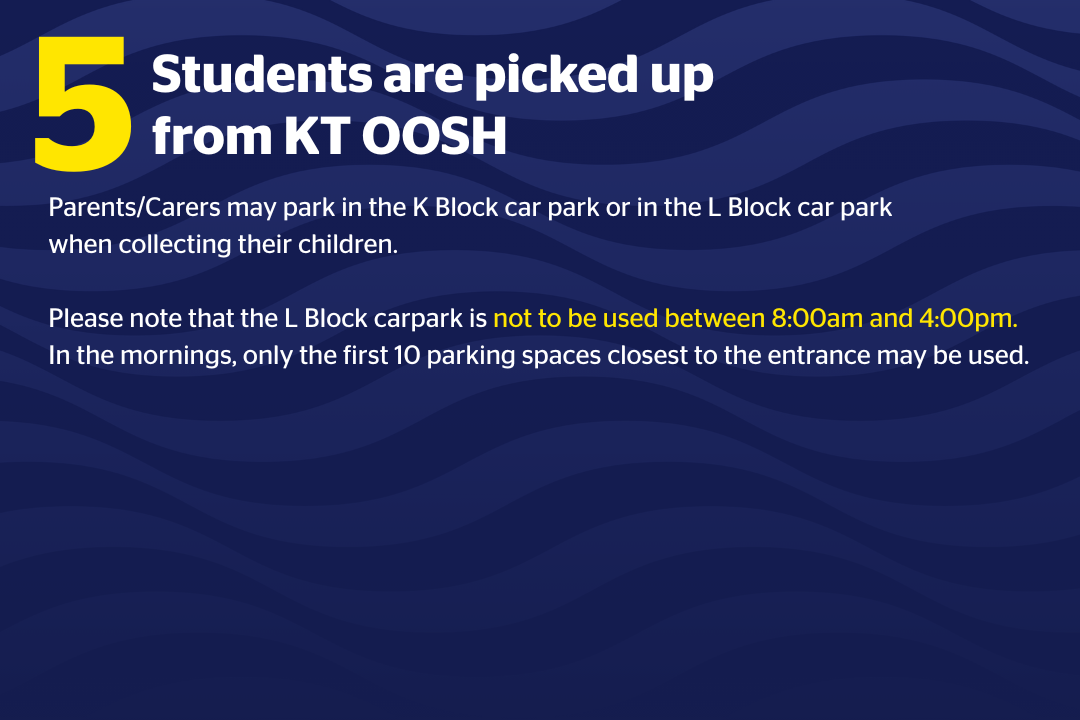In his work on evidence-informed teaching, educational expert, Tom Sherrington, emphasises the importance of balancing creativity with strong foundations of knowledge. He suggests that students need secure subject knowledge before they can “play” with ideas and apply them creatively. Dr Carl Hendrick makes a similar point, reminding us that creativity thrives not in a vacuum, but when students are equipped with the tools and concepts to innovate. Their combined message is clear: knowledge and creativity are not opposites, but partners in meaningful learning.
Meaningful learning takes place in safe, supportive classrooms where students can feel confident to try new things, ask questions, and share their learning. These classrooms are fostered through our high expectations, teacher feedback and explicit instruction. As teachers explain and demonstrate what students need to learn, they provide students with the knowledge and skills they need to demonstrate their learning independently. Student progress is supported by the gradual release of responsibility as students demonstrate their mastery in an area of learning and move to increasingly complex, creative and independent tasks. It is explicit instruction’s systematic, engaging and success-oriented teaching approach that supports the development of students’ creativity.
The creativity of our students has been in full view over the past few weeks through events such as:
- Book Week where students dressed up and shared their love of books with parents at the Celebration of Reading.
- The Rotary Club Writing Competition where students wrote about being an upstander and supporting their friends.
- Junior School students are joyfully participating in weekly dance lessons and Year 2 students are learning to play the recorder.
- Junior School Peer Support groups, as our Year 6 leaders work creatively to bring positive learning to their Kindergarten to Year 5 groups.
- NAIDOC week, where students focused on art-making. Prefect, Isabelle L, organised for Elder Michael West (Guwaali) to come and engage with Junior and Senior School students in creating an artwork together, celebrating the cultural richness in our community.
- HSC Showcase: as our Year 12 students displayed their talents through a showcase of their Major Projects for 2025. Works included a variety of Drama and Music performances, IT Timber and Design Technology projects, Visual Arts Major Works, and a compilation of research projects from our Society and Culture and English Extension Two students.
How Parents Can Encourage Creativity at Home
- Encourage curiosity: Welcoming “why” and “how” questions, even when the answers aren’t simple. Exploring the answers together.
- Limit screen time, expand play time: Encouraging outdoor exploration, imaginative games, and hands-on activities.
- Value process over product: Praising effort, problem-solving, and originality as well as the “finished” result.
- Read and tell stories together: Storytelling fuels imagination, empathy, and creative thinking.
- Model creativity yourself: Letting children see you cooking a new recipe, fixing something around the house, or trying a hobby.
- Allow space for daydreaming: Providing unstructured time is often when the most creative ideas emerge.
By fostering creativity both at school and at home, we can help students grow into innovative, confident learners ready to face the future.
Have a great week,
Mrs Leisa Bromley & Dr Kaye Chalwell

